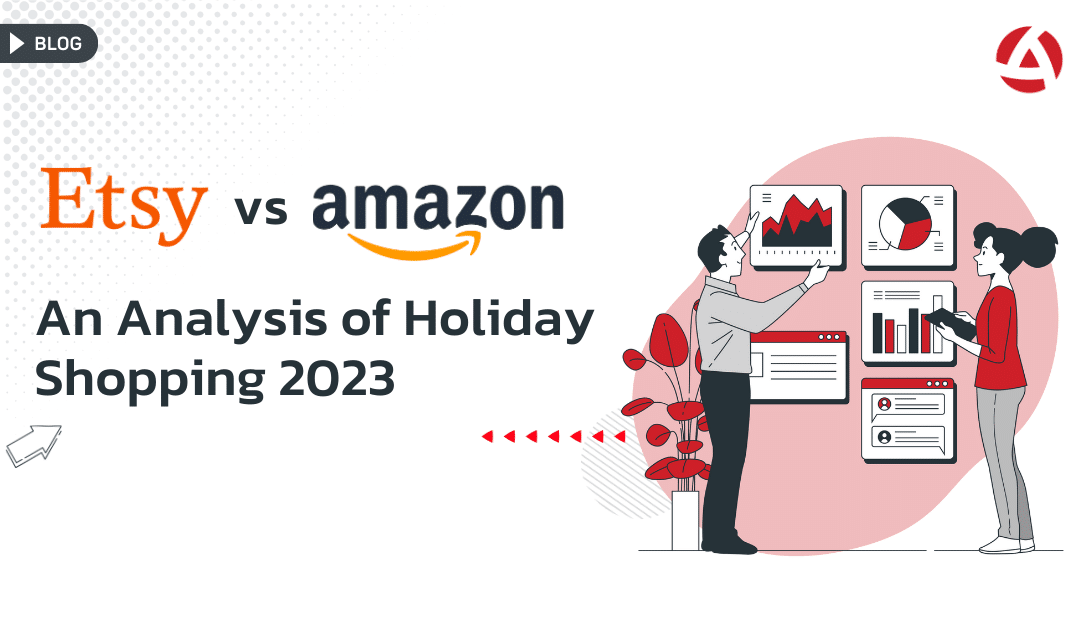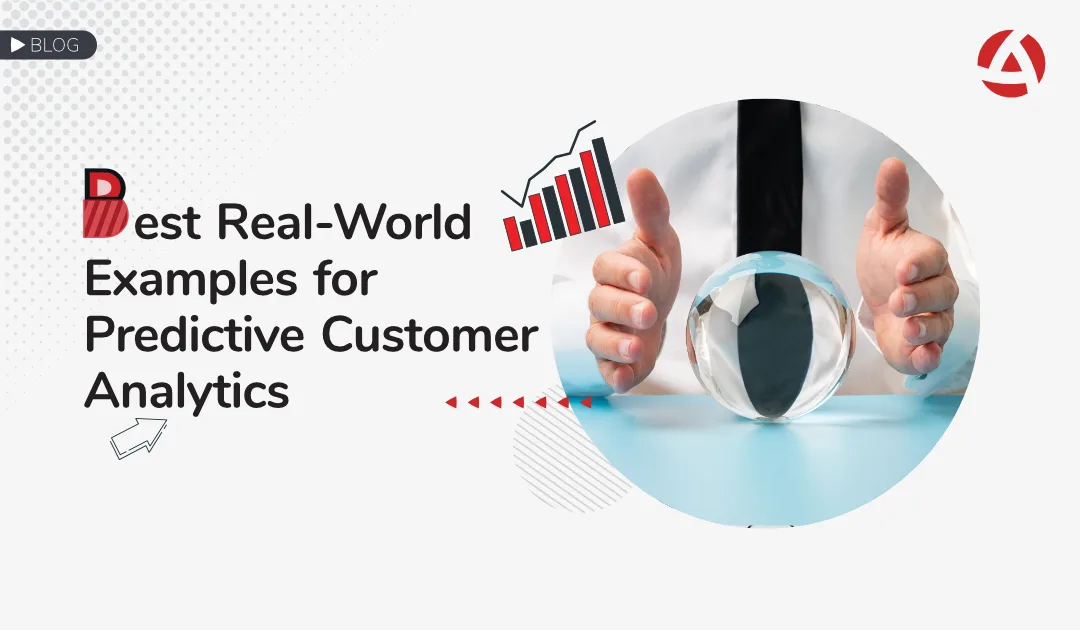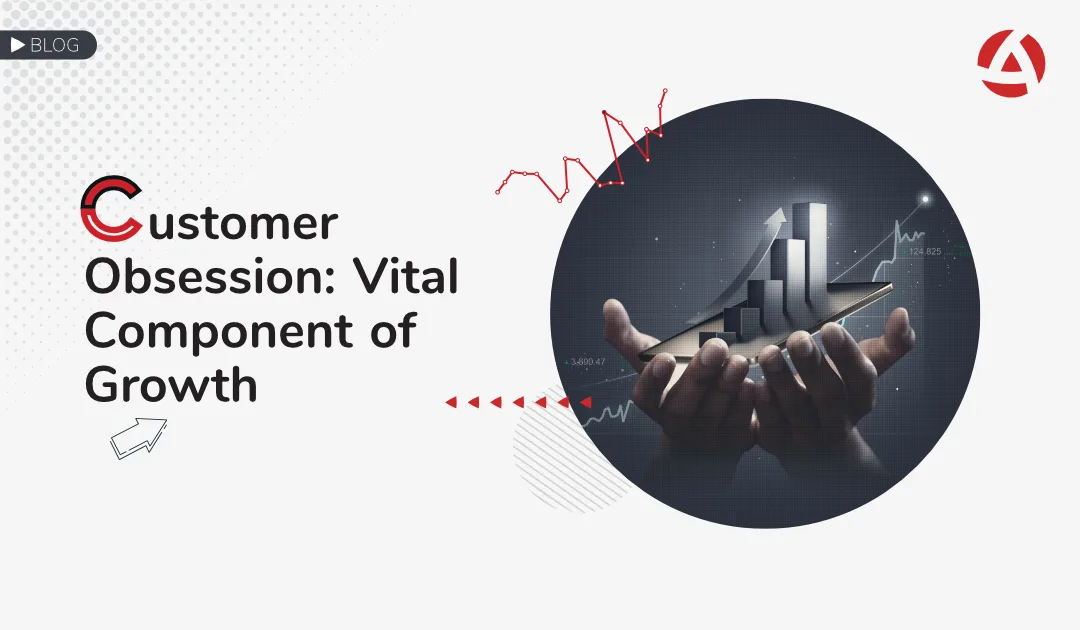What is a Customer-Centric Culture?
Creating a customer-centric culture is a hot topic. There are a lot of discussions on what customer-centric culture means and why it is important. However, it is still difficult to find guidelines on how to actually make it happen.
Here is a simple yet effective quote from Jim Collins favorite book, Good to Great: “get the right people on the bus.” We have to be aware that delivering superior customer experience is the result of a customer-centric culture which starts with people. They are not your customers; they are your employees. You cannot create a customer-centric culture if you do not focus on your own employee experiences. Simply put, customer-centric culture means putting customer expectations at the heart of your organization.
How to Build a Customer-Centric Culture in Three Steps
Start with hiring. Customer experience professionals must work closely with HR teams. As Peter Schultz’ states: “Hire the character, train the skill.” Character is crucial in customer experience management. I believe soon enough we’ll see customer experience professionals playing an important role in the hiring process. Companies should seek for helpful, kind and empathetic team-players, especially if they’re hiring for customer-facing departments.
Focus on organizational structure. According to Edward Deming, “A bad system will beat a good person every time.” It does not matter how talented people you hire are if you do not have a good organizational structure. This structure stands for empowerment, not hierarchy. This is one of the main reasons that there is an increasing number of companies transforming into an agile way of working.
Do not do it yourself. One of the main reasons that Customer Experience Transformation projects fail is that only CX teams or a few people try to change the company culture without the support of the top management. Customer experience management is not a one-man job. First, the CX team has to align with other departments and get the buy-in from top management. With top management’s support, which includes budget and resource allocation, you can start a movement, a transformation.
In a nutshell, customer experience starts with the employees and the company culture. One of the best examples of how customer-centric culture transformation can improve customer experience is Zappos’ story. Zappos’s CEO Tony Hsieh says “Our belief is that, if you get the culture right, most other stuff like great customer service, or building great long term brand or empowering passionate employees and customers will happen on its own.”
To enable a sustainable culture and experience, you need to continuously measure and close the loops within the employee experiences. According to Andrew Shea, Coach and Leadership specialist, companies that create engaged employees will only “go the extra mile” at their own choice through a customer-centric culture. To learn more on how to drive employee engagement and why it is crucial to deliver great employee experiences make sure to watch the recent webinar on demand with Alterna CX featuring Andrew Shea.




